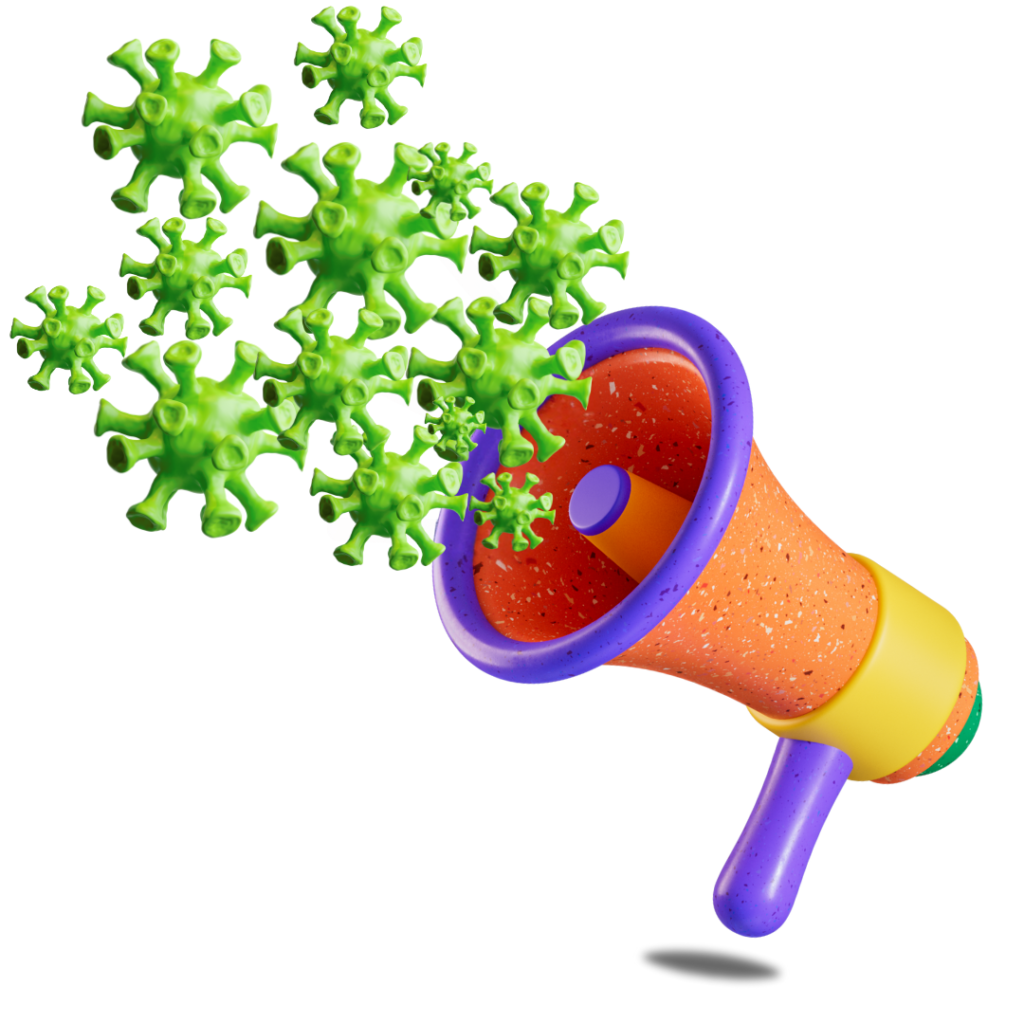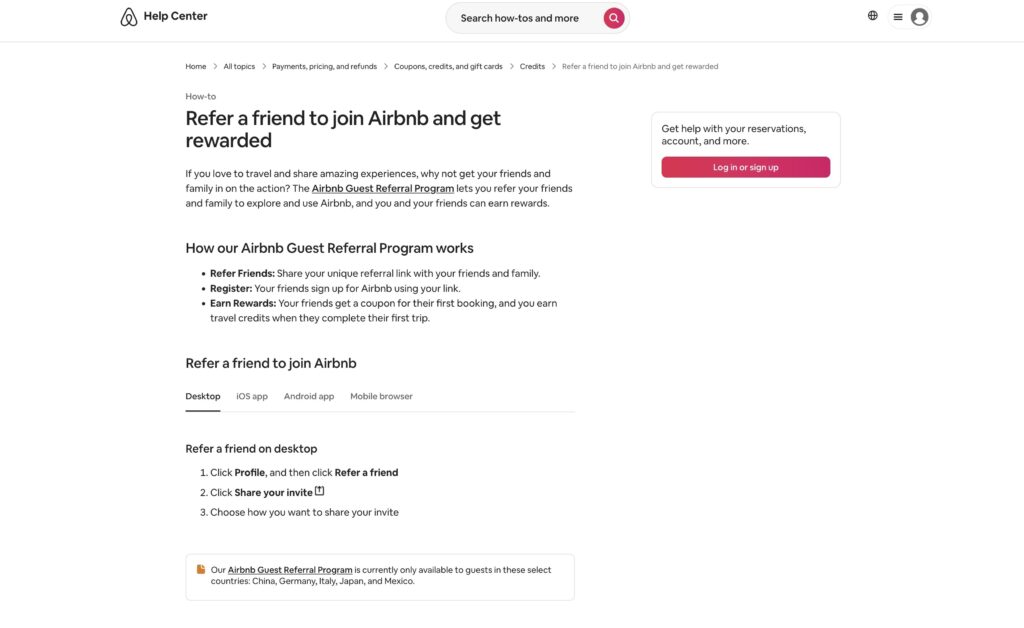Viral marketing is a promotion where the advertising is distributed by the users themselves. Instead of standard calls to buy, originality, humor or provocation are used. The main thing is to catch emotions so that people want to share the material.

Examples of viral campaigns are found both in large brands and in small companies that suddenly become famous.
Goals of Viral Promotion
Understanding the essence of viral marketing is not easy, and creating a successful campaign is even more difficult. People share negative things more often than positive ones, and many viral campaigns are built on this. However, a mistake can be expensive: at best, the content will go unnoticed, at worst, it will cause a boycott or lawsuits.
In addition, the activity of users in distributing information varies greatly. The marketer’s task is to find those who will share content most actively. For this, the SNP (Social Networking Potential) indicator is used – social significance. It is users with a high SNP that become the main target for marketers.
Viral Marketing Methods
Pass along
The name means “transmission.” This is a classic way: create content that people will willingly share with each other. An example of this can be numerous “viral” videos on YouTube: clips, memorable videos, the content of which flies apart into quotes. Over time, this content begins to advertise itself.

Undercover
The so-called stealth method is incredibly effective when used correctly. It involves building up intrigue and mystery, which excites users and causes heated discussions. For example, the popular TV series Game of Thrones indirectly advertised Starbucks when a cup of coffee from this brand appeared in one of the scenes, which caused discussions and unintentional advertising.

Incentivised viral
The user is offered to do something for a bonus. Most often, this is the principle of promotion in social networks, when a person is offered to repost a post in order to participate in a lottery. Offline companies also use this method. For example, Airbnb’s referral program is a win-win for everyone. Referrers earn Travel Credits for referring new customers, which they can use for future bookings. New customers receive coupons when they book through a referral link.

Buzz
A risky method is rumor-mongering. It has been around for over a hundred years: it was used back in the 19th century. It is difficult to promote yourself this way, because rumors suggest doing everything to increase recognition at any cost. For example, hiring a person who will do something memorable and mention the company being promoted. Nowadays, bloggers are hired for such purposes, but bloggers may refuse if the necessary actions seem offensive to them or denigrate their views. Therefore, with such promotion, you need to consider the risks and carefully consider the proposals.

Tesla relies heavily on buzz marketing instead of traditional advertising. Elon Musk’s tweets, customer referrals, and viral moments (like the Cybertruck window-breaking incident) keep the brand constantly in the spotlight
Advantages and Disadvantages of Viral Marketing
| Advantages | Disadvantages |
| No serious restrictions. This way, you can distribute goods and services that are difficult to promote using standard methods. In addition, viral advertising often uses methods that would simply not be allowed on television or in contextual ads. Often, such advertising is quite provocative, and large advertising networks do not approve of this. Of course, this does not apply to signs and billboards: censorship must be observed there in the same way. However, you need to be very careful with provocative topics: if they offend a large group of people, this can lead to a boycott. | Lack of universality. This method does not replace all the others. If you use only it, neglecting other channels, your popularity is unlikely to last long. For a lasting effect, you need to use different promotion options in combination, and there is no point in constantly working only with viral marketing, sooner or later users will get tired of it. There are exceptions, but they are rare, and in such cases we are usually talking about creative individuals with a unique reputation. |
| User loyalty. People will receive the content you have created not from advertising networks, but from friends and acquaintances they trust. The source of information is more trusted, so loyalty will be higher. This does not apply to content whose main idea is to provoke a heated discussion: in this case, users who do not agree with the declared position are unlikely to form a positive opinion. | Inability to influence the campaign. Once the content is posted online, the campaign can no longer be influenced or changed. It will not be possible to adjust the strategy: too much depends on the behavior of the general public. |
| Unlimited duration. It is unknown how long such an advertising campaign will last. Some died down after a few days, others are relevant for years, and quotes have become catchphrases. At the same time, the campaign never stops: it operates both day and night, because users continue to share ads constantly. | High demands for understanding the target audience. It is necessary to understand the target audience and its perception very well. Otherwise, the advertising will most likely not work or will have the opposite effect. For example, this often happens when advertising is targeted at young people, without understanding either the trends or the way of thinking of the younger generation. As a result, slang is used tensely, behavior looks unnatural, and unnaturalness turns people off from the content. Another common mistake is when a company insults its own target audience in an attempt to create provocative advertising. As a result, representatives of the target audience turn away from the company. This has happened several times with fitness centers and restaurants that allowed themselves to make offensive statements about overweight people in advertising. It is better not to use this at all: this method is becoming a thing of the past, users perceive such methods as disrespect for the audience. |
| Benefit. You only need to pay once to distribute such content – at the beginning, when the goal is to show the ad to as many people as possible with the help of bloggers or popular communities. One or two days – and you won’t have to pay anymore: users will distribute it themselves. | Maintaining interest. However, if you do not maintain the audience’s interest (for example, by posting new content), the ad will quickly be forgotten, and a short burst of activity will lead to nothing. To prevent this from happening, you need to take care of maintaining the focus of attention in advance. |
Leave a Reply